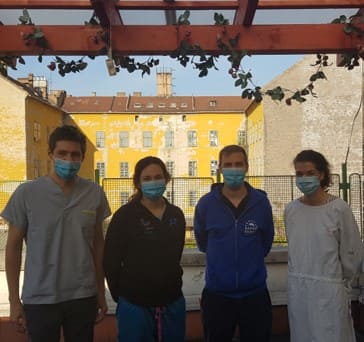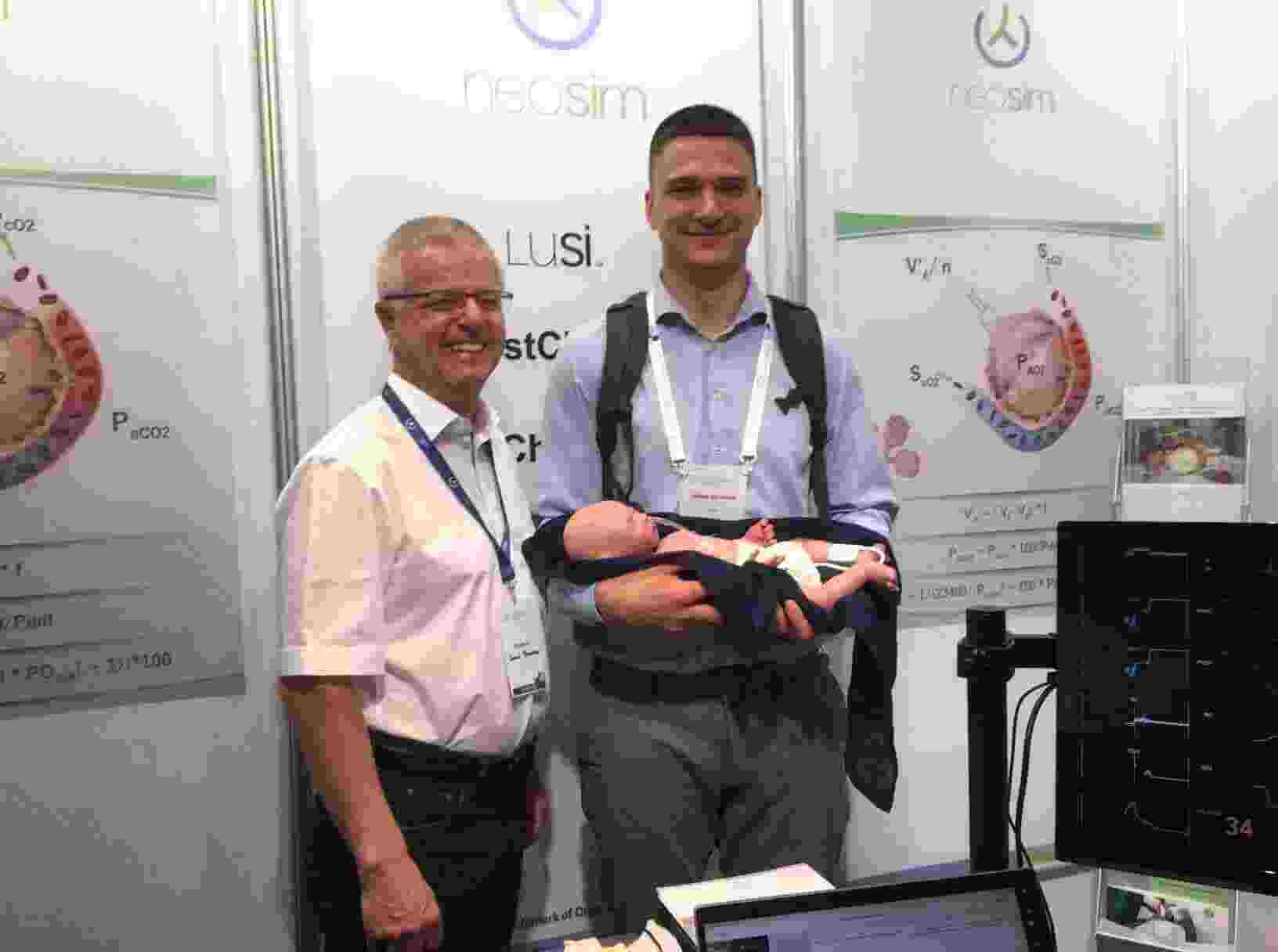LuSi
LuSi ,our Neonatal Lung Simulator ,is world's first autonomous and advance baby lung simulator with real-time artificial intelligence . To train clinicians in the assessment of pulmonary function and responds to treatment without operator's intervention . It can simulate pathologies like RDS, lung collapse, weak muscular activity, pneumothorax , airway obsctruction,etc. Models based on scientific literature, for example Latzin et.al. Lung Volume, Breathing Pattern and Ventilation Inhomogeneity in Preterm and Term Infants.
Use the Vital Signs Monitor window to display the results of treatment in real-time. Include pre-ductal and arterial pulse oximetry. Configure the monitor to match the device of your unit. Modify technical features of monitors, for example the rise time of capnometers, to teach potential and limitations for use in neonates.
The design and selection of pathologies is controlled by LuSiLIFE, a touch screen enabled, pathology building and execution program. Execution of pre assembled cases, loading of patient case libraries, on-the-fly changes, notes taking and complete data recording for later analysis
TestChest, is an innovative full physiologic artificial lung that provides a breakthrough in mechanical ventilation training. It is the key to various questions viz.
TestChest is developed to simulate the human heart and respiratory system for teaching and training purposes. It can be used either as a stand-alone skill training station or integrated into a full-scale patient simulator.
TestChest is a universal simulator that can be connected to all ventilators, for intubated patients as well as mask ventilation. All modalities are possible: pressure-volume manoeuvres, recruitment, PEEP adjustment, expiratory trigger sensitivity, pressure control, assist control, volume control, SIMV, PAV, adjustment, APRV, PSV, CPAP, PRVC, ASV, Intellivent and all other modalities.
The scenario will be set as a patient, the result of the treatment provided by the trainee will be shown on airway pressures, lung volume, arterial oxygen saturation, end-tidal CO2, and more. The outcome is not created by the operator but by the interaction between trainee and TestChest, in real-time and reproducibly. New forms of interactive learning are possible: submit the same case to different students and let them compete on the outcome in a safe environment.

Project: Success factors in Simulation training: The Effects of Instructor Experience and Scenario Leadership
MD, DPhil Assistant Lecturer General Paediatrician Paediatric Intensive Care Fellow 2nd Department of Paediatrics, Semmelweis University, Budapest Hungary with her team

Improvement of Neonatal Resuscitation Outcome Through Simulation in Latvia
Assistant Professor, Department of Paediatrics, Riga Stradins University Consultant, Intensive Care Unit, Childrens Clinical University Hospital, Riga, Latvia
neosim AG
Tardisstrasse 225, 7205 Zizers
Made in SWITZERLAND